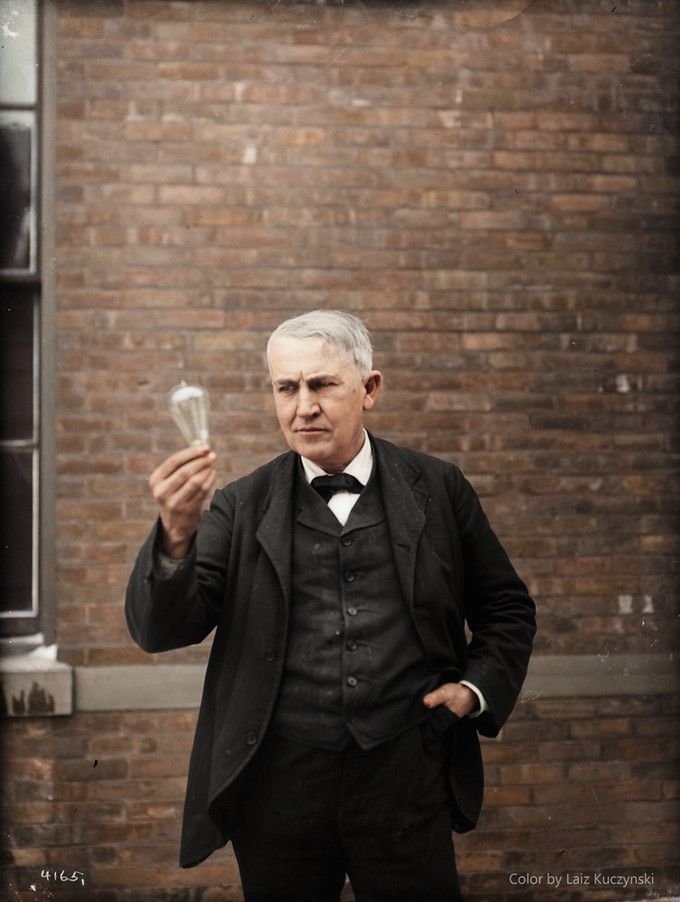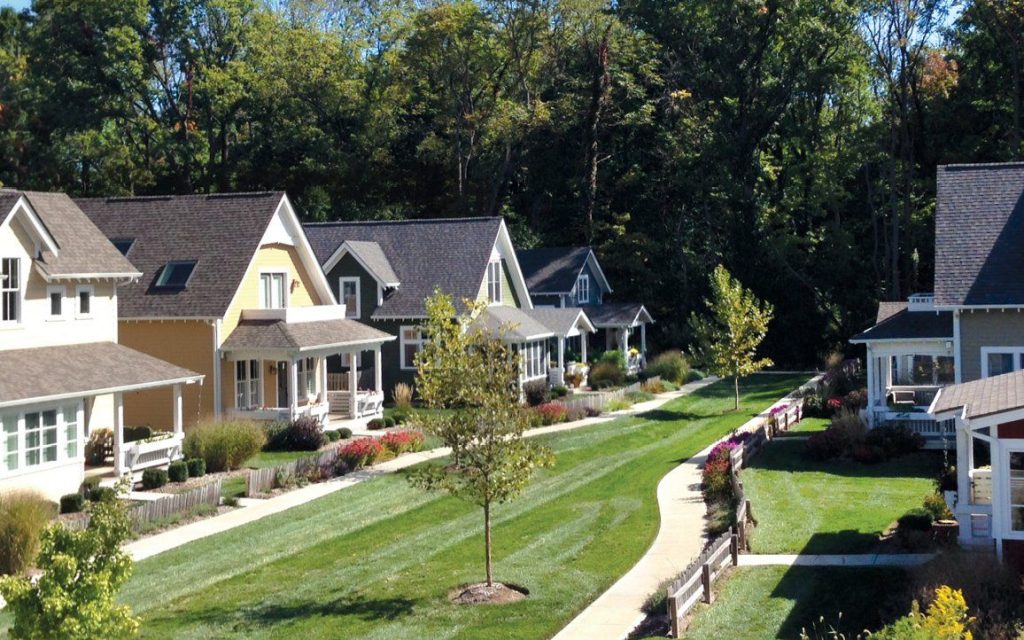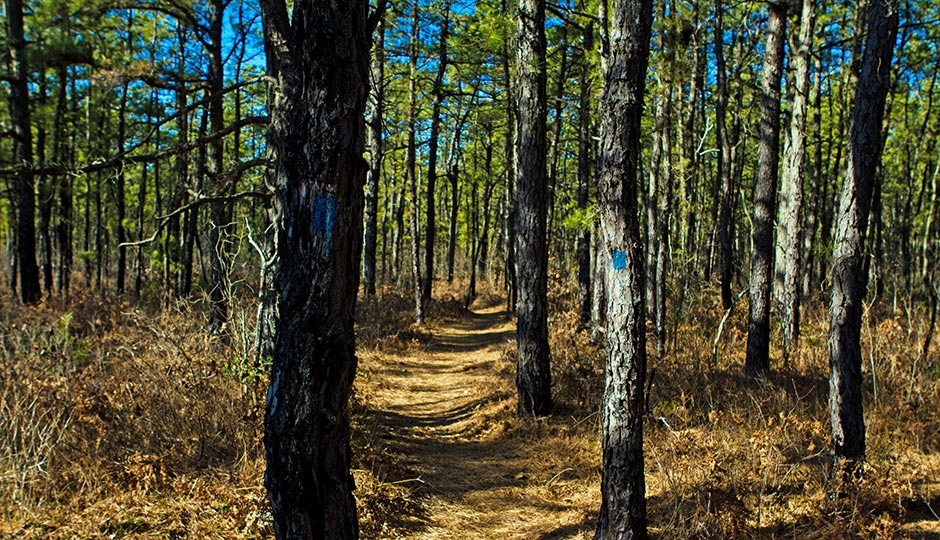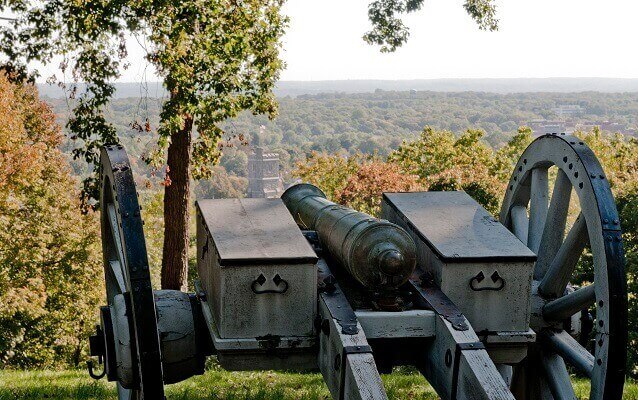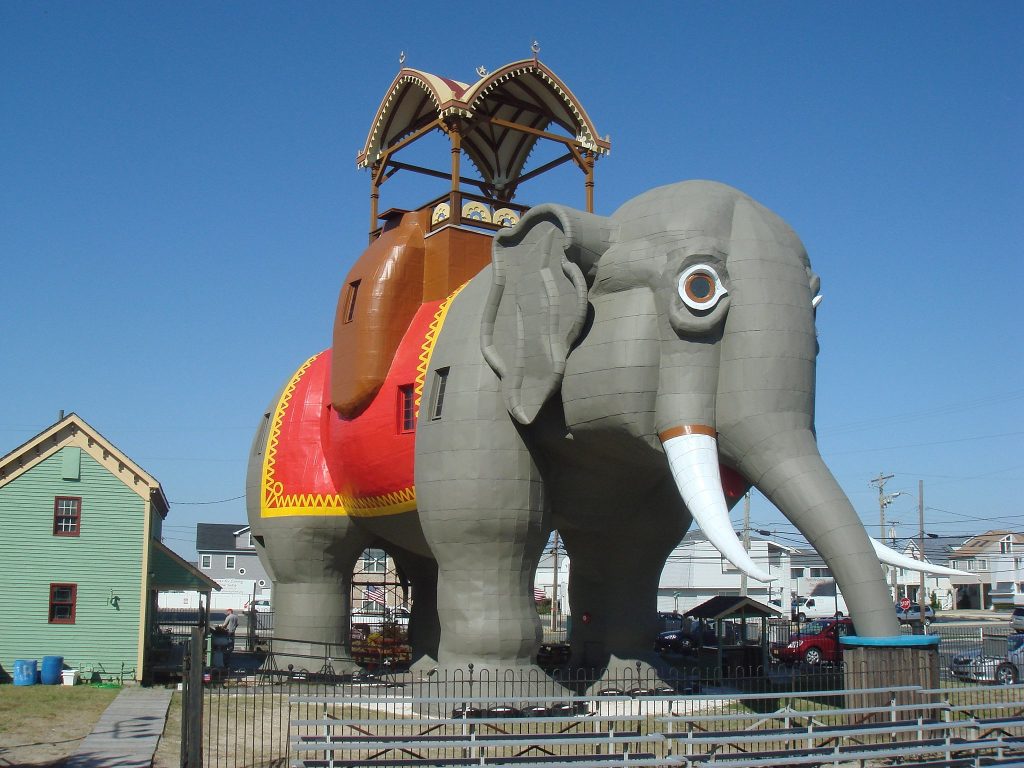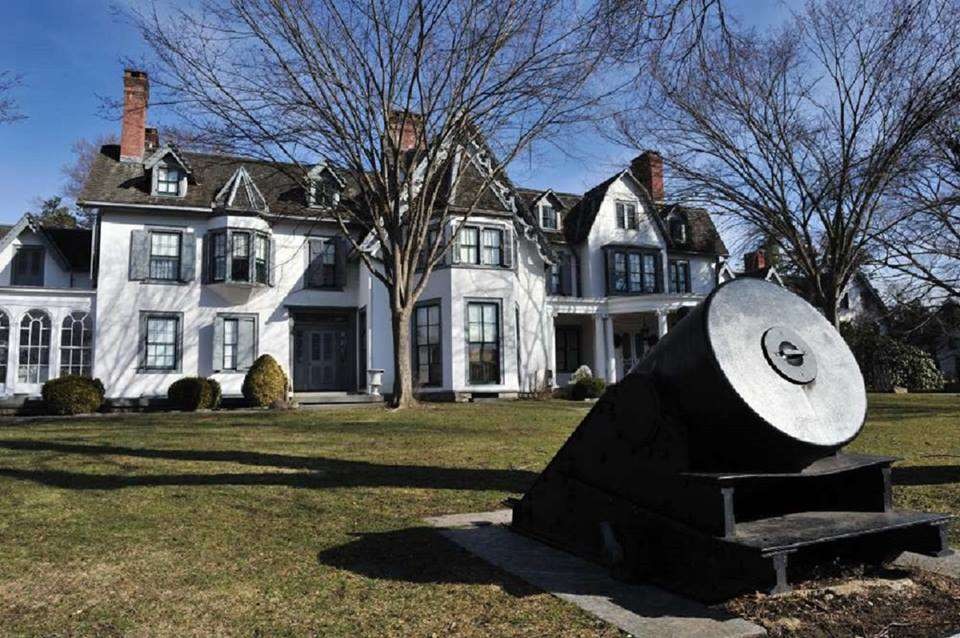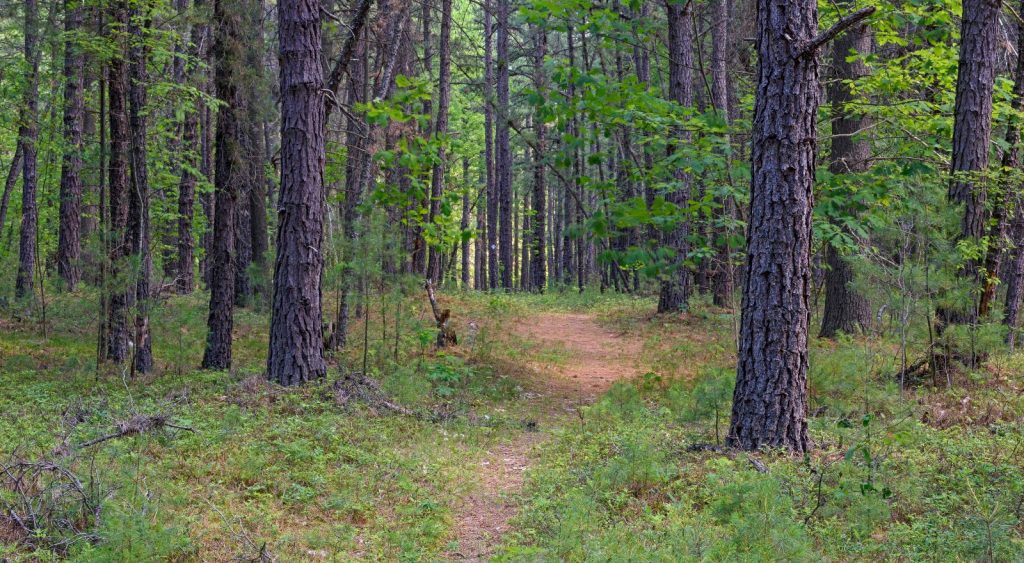Baseball, often referred to as America’s pastime, has a rich and storied history dating back to the 19th century. While the exact origins of the game are still debated by historians, one thing is clear: the first officially recorded baseball game took place in the state of New Jersey. On June 19, 1846, at Elysian Fields in Hoboken, a historic match occurred that is widely considered the birth of modern baseball.
Elysian Fields: The Hallowed Grounds
Elysian Fields, located in Hoboken, New Jersey, played host to this monumental event. In the mid-19th century, Elysian Fields was a popular destination for outdoor leisure activities, including picnicking, boating, and sports. Its lush green lawns and proximity to the Hudson River made it an ideal location for recreational pursuits.
The Contestants: New York Nine vs. Knickerbocker Base Ball Club
The teams that participated in this historic game were the New York Nine and the Knickerbocker Base Ball Club. These early baseball clubs were comprised of gentlemen who played for the love of the game. Their passion for baseball led them to establish their own set of rules and regulations, which were quite different from the standardized rules we know today.
A Game of Differences: Early Baseball Rules
It’s important to note that the game played on that fateful day in 1846 differed significantly from modern baseball. Some of the notable differences included:
- Pitching Technique: The pitcher, referred to as the “bowler” or “feeder,” delivered the ball underhand, aiming to provide hittable pitches.
- Base Running: Baserunners were not allowed to overrun bases, and they could be tagged out by throwing the ball at them.
- Field Dimensions: The field’s dimensions were not standardized, and foul territory was more extensive.
- Game Duration: Games were typically played to a predetermined number of runs, and there was no set number of innings.
The Impact of the First Game
While the game played on that historic day may seem quite different from the baseball we know today, it laid the foundation for the sport’s evolution. The love of baseball and the desire to establish common rules eventually led to the formation of various baseball organizations and the codification of the game’s rules.
Elysian Fields in Hoboken has rightfully been recognized as a historic landmark. A plaque at the site commemorates the first officially recorded baseball game, reminding visitors of the pivotal role this New Jersey location played in the development of America’s favorite pastime.
A Legacy of Sporting Greatness
New Jersey’s claim as the site of the first official baseball game is a testament to the state’s rich sporting heritage. It underscores New Jersey’s contributions to American culture and sports and serves as a source of pride for baseball enthusiasts and sports lovers alike. The game that unfolded on those hallowed grounds in Hoboken in 1846 may have been a far cry from today’s baseball, but it was the beginning of an enduring legacy that has captured the hearts of millions for generations.

